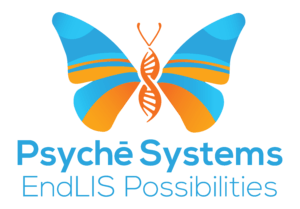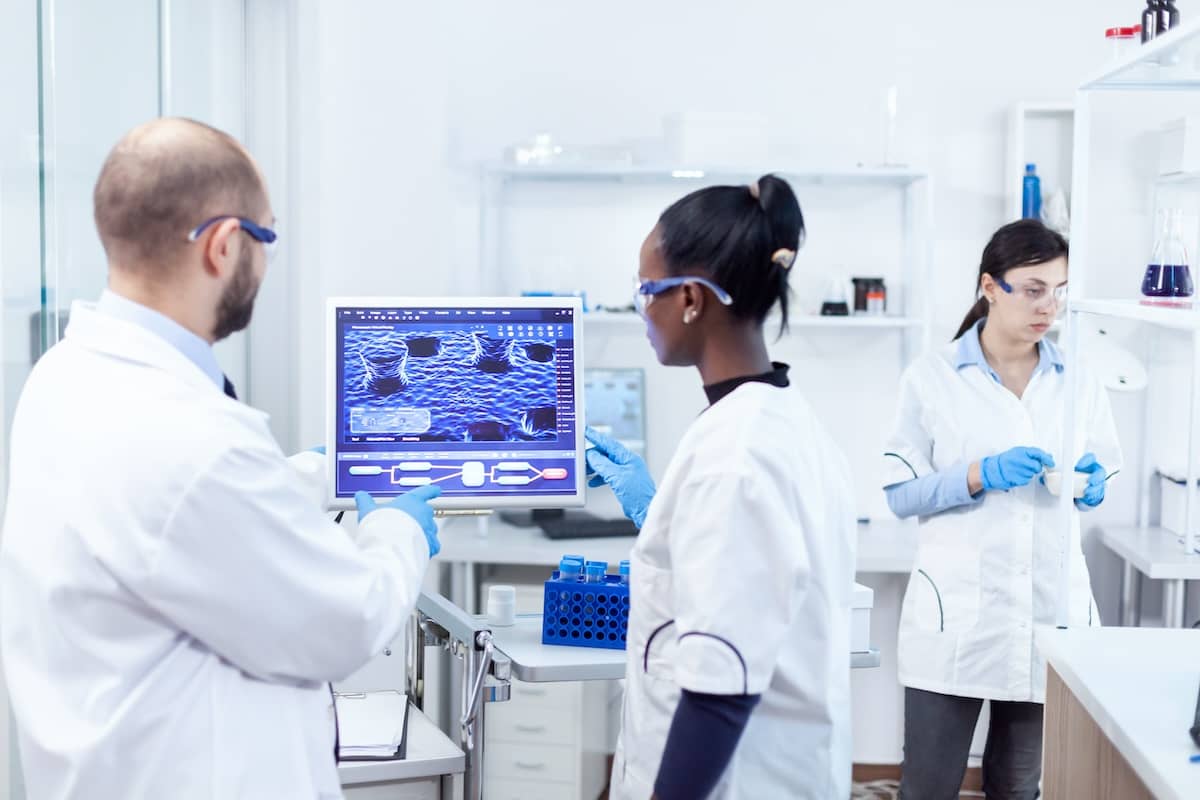Across the healthcare industry landscape, medical laboratories are seeing an increase in the demand for their services. An aging population and the rise of chronic diseases means more patients need more tests. Advances in preventative diagnostics and genetic testing, including LIS systems, have opened the door for improved data collection, allowing healthcare professionals to make more informed decisions.
Unfortunately, industry growth has come alongside a peak in labor shortages. More people are retiring, and fewer workers are entering the laboratory workforce. Staffing shortages in the US have reached a critical level. The House of Representatives recently proposed adding laboratory personnel to the National Health Service Corps and providing grants to institutions offering training as incentives to increase this critical workforce.
With high demand and limited personnel, medical laboratories need help maintaining quality standards while meeting the demand for faster turnaround times. In the current environment, a well-implemented LIS system is fast becoming a prerequisite for labs hoping to achieve regulatory compliance and high levels of operational efficiency.
Growing Regulatory Compliance
The Clinical Lab Improvement Amendments (CLIA) is a federal program that establishes and maintains quality standards for clinical laboratory testing of human specimens. Failure to comply can result in labs losing their certification, being excluded from Medicare, and fined up to $3,000 per day until they return to compliance. Other federal agencies, such as the Food and Drug Administration (FDA), have jurisdiction over certain biological products and may require a separate certification.
The College of American Pathologists (CAP) prepares an annual best practices checklist. Based on this published checklist, laboratories can participate in peer inspections and submit CAP results instead of a Center for Medical Services (CMS) inspection report.
Laboratories that interface with electronic health records must protect patient data by complying with the Health Insurance Portability and Accountability Act (HIPAA). Violations can result in civil penalties like fines or criminal charges, including jail time.
Paper-based systems are not only time-consuming but also prone to error. Humans make mistakes. The latest data on this subject indicates humans make 100 times more data entry errors than an automated system. Labs do not have time to correct mistakes, even if they lead to non-compliance. Automating laboratory information can reduce errors and improve workflows for efficient operations.
Practical LIS Systems for Regulatory Compliance
What features should an LIS system have to help maintain regulatory compliance? What compliance areas does your lab struggle with? Are there workflows that contribute to poor turnaround times? Although the best LIS systems share similar features, every lab is different. Knowing your lab’s specific pain points ensures your chosen LIS will meet your needs.
Electronic Ordering and Tracking
A system that automates the process from test requests to result delivery eliminates paper-based order forms and manual tracking. Instead of using a labor-intensive tracking method, an electronic system can track a specimen, making it easier to locate samples as they move through a lab.
Automated Quality Control and Assurance
An LIS system can automatically monitor and manage the reliability and accuracy of test results. Users can pre-define quality control rules and receive automated alerts if an instrument returns an out-of-bounds result. Tracking key metrics can help identify bottlenecks to improve workflow, and validating data ensures accuracy.
System Integration
A LIS solution should integrate with other laboratory systems and different electronic health or medical records (EHR or EMR) to reduce manual data entry when moving information from one system to the next. Importing and exporting data from a standard format can help labs using legacy solutions eliminate a time-consuming process.
Audit Trails and Electronic Signatures
Audit trails are a core compliance component. Test accuracy becomes unreliable without a retrievable record of which tests were performed and by whom. Electronic signatures help keep processes moving by skipping the step of physically hunting someone down to sign off on a test. Instead, the completed form with results can be reviewed online, signed, and submitted quickly.
Best LIS Implementation Practices for Regulatory Compliance
Conduct a needs assessment focused on regulatory compliance before looking for an LIS solution for your lab. Identify the regulatory requirements your lab must meet, especially for specialized labs doing genetic or molecular testing. Through careful analysis, labs can find a LIS product that meets all their requirements.
Discuss interface capabilities with an LIS provider to ensure the system can communicate with existing solutions. When technicians manually transfer data from one system to another, efficiency suffers. Even copying results from one database to another can introduce errors if the wrong file is copied or a screenshot is incorrect.
Training, monitoring, and updating should follow a continuous improvement model. Adequate staff training upon deployment allows subsequent instruction to focus on new functionality. A well-trained team can also provide crucial feedback for workflow improvement.
How an LIS System Helps Achieve Regulatory Compliance
As laboratory testing advances and specialized testing methods become more prevalent, these challenges will require integrated solutions to ensure data integrity. LIS systems can be part of the solution, as clinicians, labs, and technology providers such as Psyche Systems work together to deliver an end-to-end solution that provides faster turnaround times with reliable results that comply with regulatory requirements for a safe and secure healthcare environment. Contact Psyche Systems for more information on its LIS systems.

